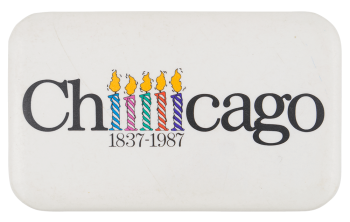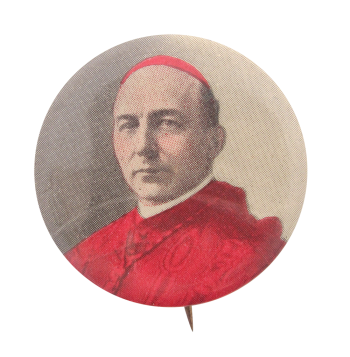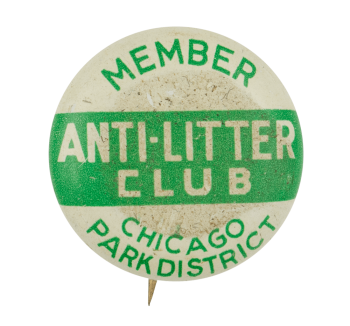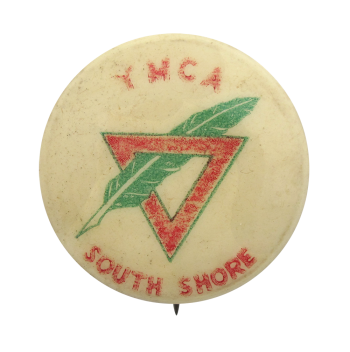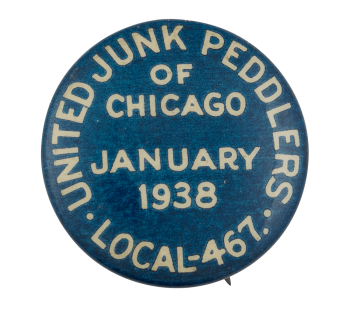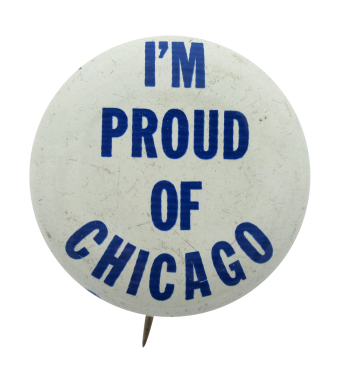Chicago 150 Years
| Category | |
|---|---|
| Additional Images | |
| Sub Categories | |
| Text on Button | Chicago 1837-1987 |
| Image Description | Black text on a white background. Five different colored candles replace the letter "i" in Chicago. Small black text is right below the candles. |
| Back Style | |
| The Shape | |
| The Size | |
| Year / Decade Made | |
| Additional Information | This button commemorates the 150th "birthday" of Chicago, Illinois. Chicago was incorporated in 1837 and was a transportation hub. It was the site of the Chicago Portage and received its first railroad line in 1848, which helped link the western and eastern United States. By the 1850s, the geographic location and importance to shipping had enabled Chicago to become a political center, too. I was the home of Stephen Douglas and the location where Abraham Lincoln was nominated by the Republican Party. In 1871, a fire destroyed large section of downtown Chicago. The fire excluded its railroad and stockyards, so the raw material of its economy remained intact. Chicagoans rebuilt a modern city made of steel and in 1885 it became home to the nation's first skyscraper. In 1893, Chicago hosted the World's Columbian Exposition, which celebrated the city, the nation, and the triumph of Western Civilization. By end of the century, Chicago had also become a city of immigrants; one in three were foreign-born. In the early 1900s, Chicago became a industrial city as well. The industrial jobs brought African-Americans from the South to Chicago. The newcomers brought with them a culture that flourished, contributing the the Black Renaissance and the New Negro Movement. It also brought race riots when in 1919 the white and black Chicagoans violently attacked each other over housing and job market concerns. 1919 was also the first year of Prohibition, which helped introduce Chicagoans and the nation to many popular gangsters, such as Al Capone and Bugs Moran, which culminated with the St. Valentine's Day Massacre in 1929. In celebration of the city's one hundredth birthday, it, again, hosted a World's Fair in 1933 and 1934. Its theme was the technological progress, and there were few cities better suited to host it. By the 1940s, Chicago became the home of the world's first nuclear reaction as part of the Manhattan Project. After WWII, Chicago, like many major US cities, saw an out flux of whites to the suburbs. The demographic shift changed the city's make-up and changes in Chicago's industry led to job shortages in the early 1960s. By then of the decade, Rev. Dr. Martin Luther King, Jr. and the Civil Rights Movements had begun working with the city's political machine to improved the situation. The agreements did not apply to more radical groups involved with the 1968 protest of the Democratic National Convention, which ended in a city riot. It was business as usual by the 1970s and major construction projects erected the Willis (Sears) Tower, the University of Illinois at Chicago, and the O'Hare International Airport. In 1983, Chicago elected its first African-American mayor who was reelected in 1987 and later died. |
| Catalog ID | CH0087 |

